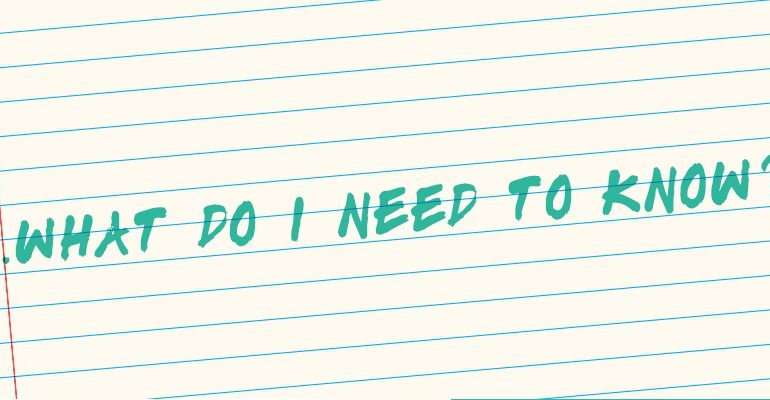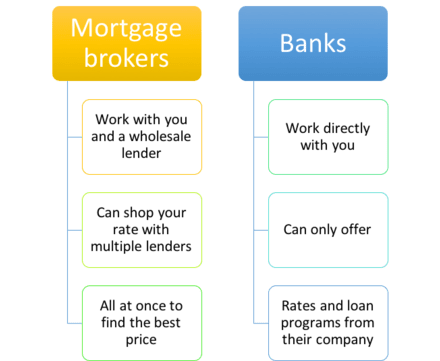
As a real estate investor, you need to understand the basics of the 1031 exchange process in order to benefit fully from this opportunity. The IRS has a set of rules in place that serve as guidelines for proper 1031 exchange decorum: these rules are not difficult to follow, but they are understandably strict.
One important rule in the IRS 1031 tax code is that the properties being bought and sold must fall into one of three major real estate categories: land, rental, and business. This means that a 1031 tax exchange is NOT possible for the sale and purchase of your own residential dwelling. If you and your family are selling one property to move into another, the 1031 exchange is not applicable. This process is only available for owned investment properties. Furthermore, in order for the 1031 tax exchange to be applicable, the property you are purchasing must be of a “like kind†as the property you are selling. This means that a swath of farmland can only be exchanged for another swath of farmland – not a condo block in the city – and a business property can only be exchanged for another business property. This stipulation is in place to insure the integrity of the tax code’s spirit – which is to benefit real estate investors moving up in their respective markets. It is important to note, however, that the “like kind†requirement does allow for vast differences in terms of quality: low-grade timberland, for example, can be legally exchanged for timberland of vastly superior quality.
1031 Tax Exchange Process Requirements
Another major factor in the 1031 exchange process that affects you as the buyer/seller is the requirement of having a “safe harbor†(generally a qualified intermediary) who holds the proceeds of the sale while the 1031 exchange is in process. This qualified intermediary generally is responsible for coordinating efforts between the exchangers, preparing documents for both properties, supplying the escrow company with information and instructions, securing the funds in an insured bank until the exchange is fully complete, providing transfer documents, and disbursing proceeds into escrow.
The third factor of the 1031 exchange process that is important to individual investors is the set of timelines that must be followed. Generally, you begin the process by working with an agent or other professional who can guide you through the process. Once initial documents are in place (based on information about both the relinquished and purchased properties), you enter a 180-day period during which the remainder of the transaction must be carried out. These time guidelines are critical: in order for the exchange to be legal, all deadlines must be met.




